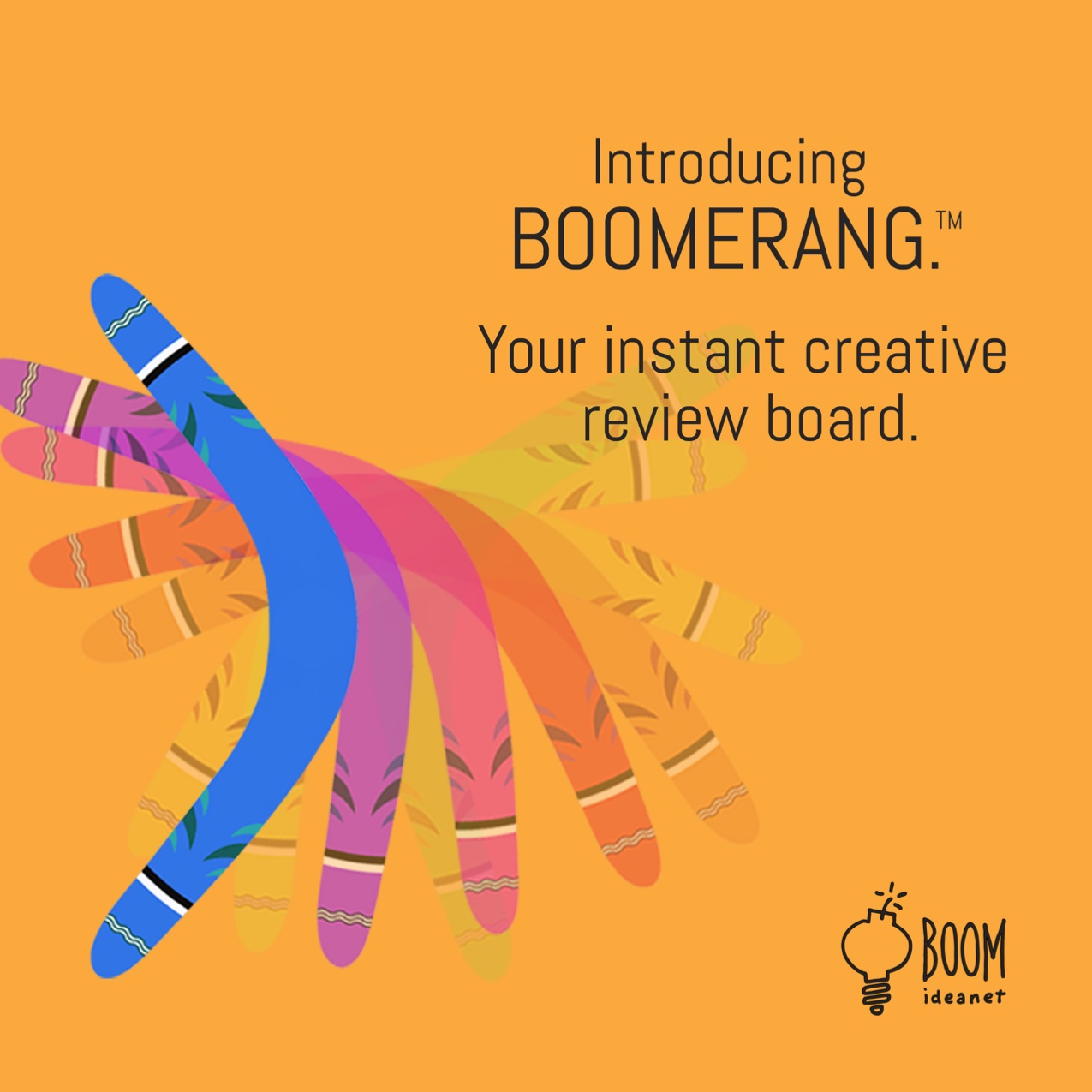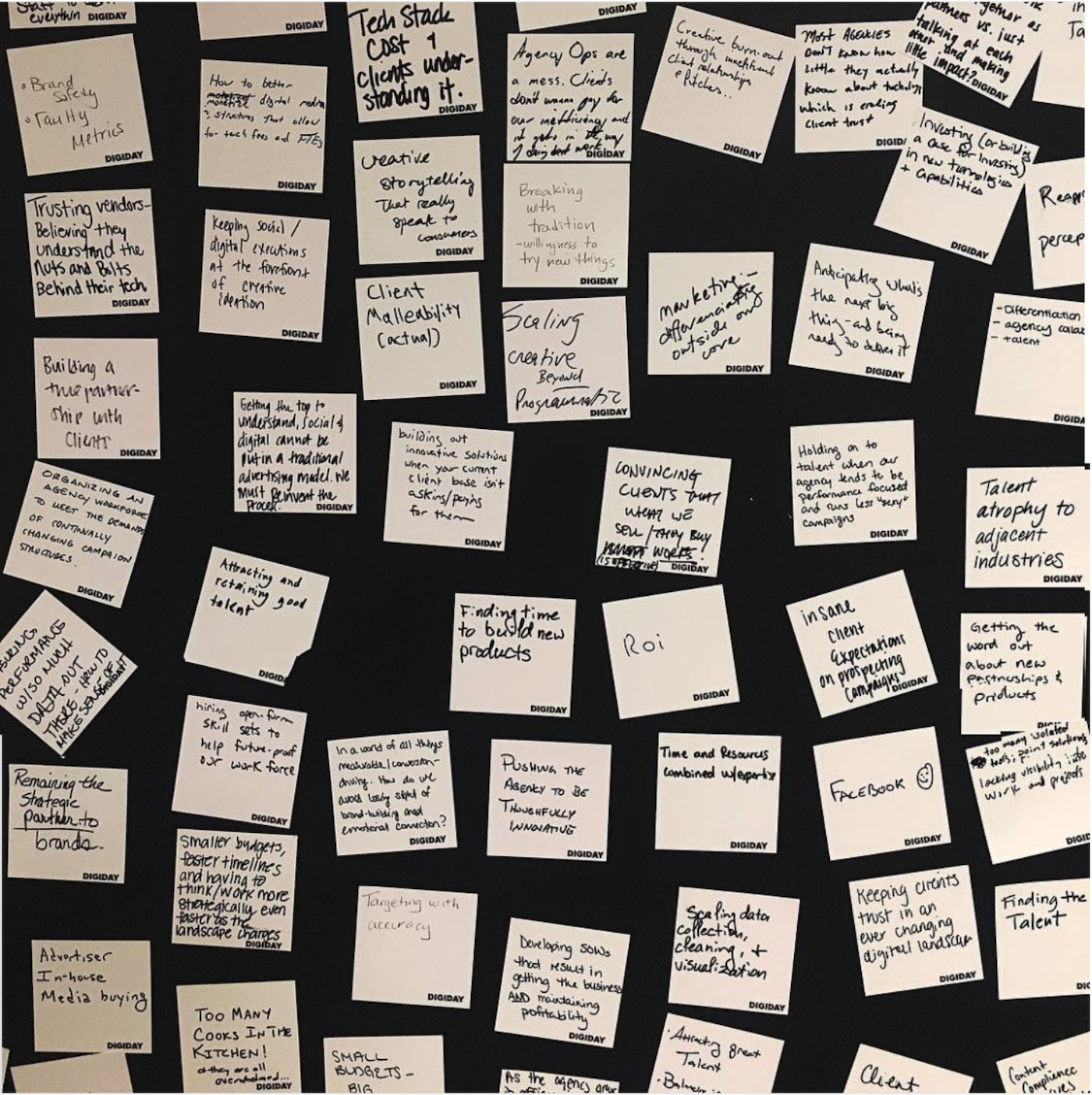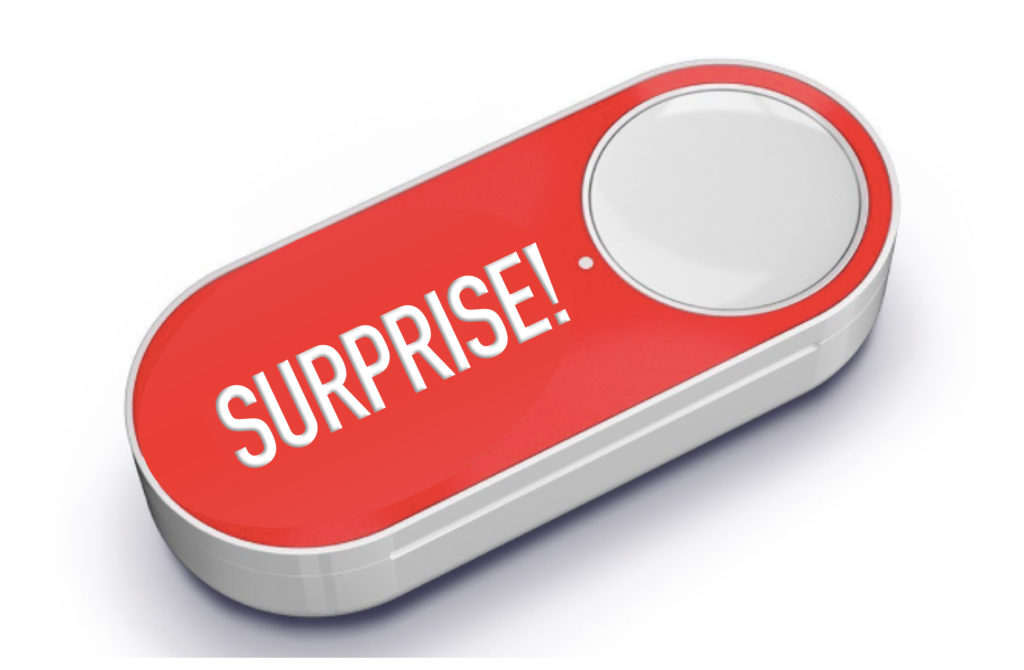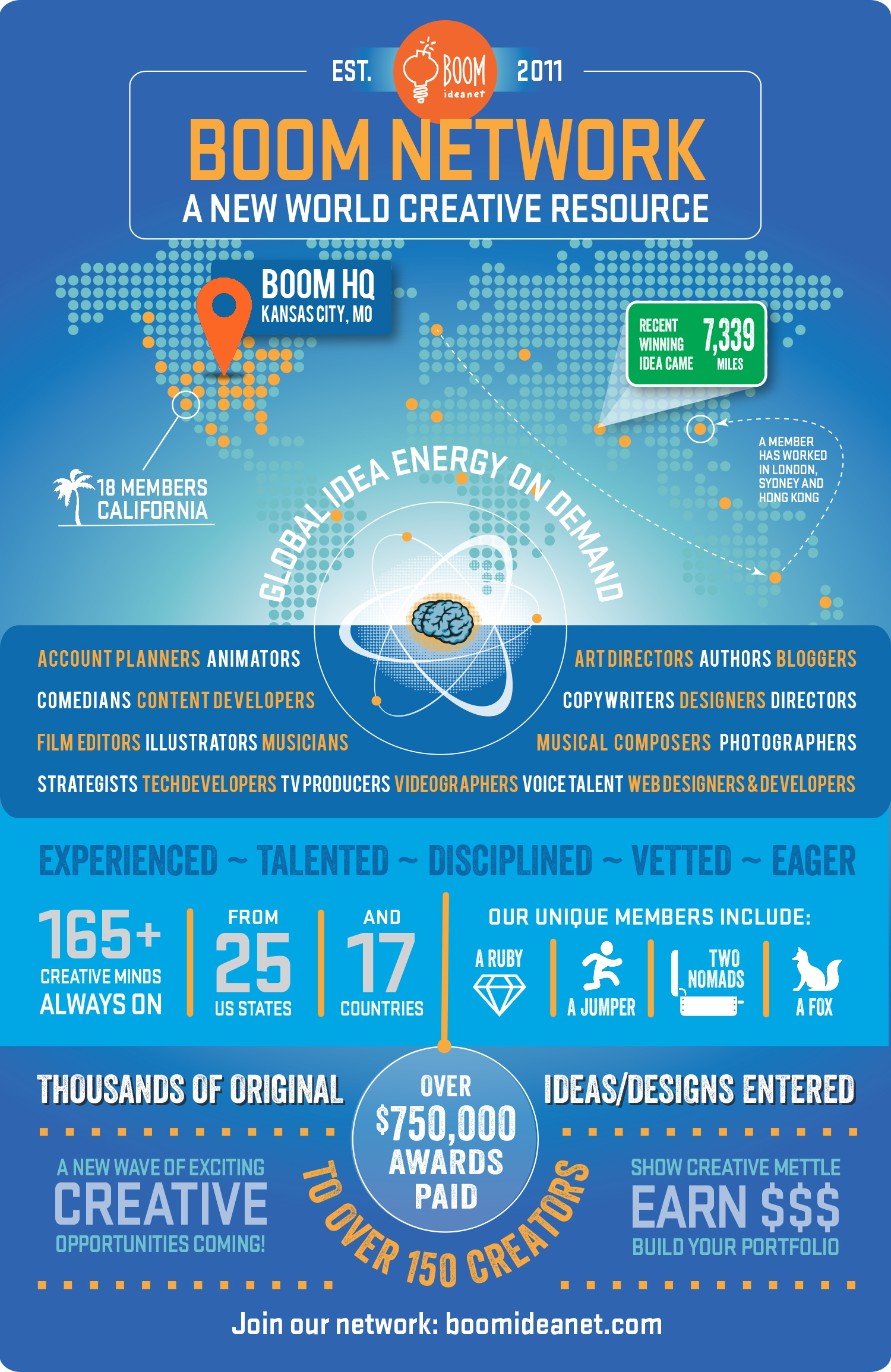
Recently, Adam Bailey, member of the IHAF Group, shared a LinkedIn post inviting discussion on Proofing and Creative Review Process.
Appropriately, many of the comments in the thread address the proofing/QC need. Having seen the calamities that come with overlooked typos and incomplete or incorrect information, there is no question: proofing pays for itself. Of course, that activity tends to happen downstream in the sequence, just ahead of outright publishing, posting, emailing, uploading, broadcasting. Of course, there are challenges earlier in the process, as well.
Agencies are idea machines, certainly regarding projects aimed at new business pitches and campaign presentations. Talents are marshaled, strategies are defined, ideas and concepts are generated in volume, then, say three ideas are culled and refined to represent the agency’s product. As a rule, agencies are coached to present only their “best thinking.”
Which Ideas Advance? Who Makes The Call?
ECD? Planner? Account Supervisor? CEO? Agencies tend to be defined by personalities and temperaments. It’s no surprise that the filtering process gets, well, personal. And territorial. At times, even heated. To avoid this situation, agencies often try to establish a formal creative review process, with assignment of final say, definition of evaluation criteria, and often, no small degree of client mind-reading.
Many agencies struggle to devise and then stick with a formal creative review. First, in the press of the typical agency pace, fitting a review stage into the workflow often feels like an interruption, and tends to require some form of coercion. Second, bringing a level of discipline and objectivity to the process, while agreed to, is often very difficult to achieve. Biases are always tricky to neutralize. Passions can tip the scale. And group-think is almost always unavoidable, however sincere the team’s dedication is to objectivity. The echo-chamber affect is difficult to recognize and overcome.
What About A Third-Party Reviewer?
Assuming confidentiality, wouldn’t it be useful to have a trusted outside review panel? One that can deliver multiple evaluations. One that is peopled with experienced creatives and strategists who can respect a brief and a brand. One that by its nature is outside the echo chamber, even accepting that any and all recommendations will still be subjective. One that will move swiftly, without sacrificing your momentum.
That’s Boomerang. Your instant creative review board.
Boomerang flips the core Boom Ideanet creative model. Rather than brands and agencies supplying a brief to generate ideas against, they supply a brief AND ideas. Instead of acting as creators, Boom CDs/strategists act as reviewers. They bring a wealth of talent and experience to the process. They’re outside the echo chamber. If there’s group-think to overcome, it’s simply category mindfulness. It’s as close to objectivity as you can get.
The agency gets back a set of critiques that its team can use to cull, prioritize, even refine ideas for presentation. The net effect provides teams a higher degree of confidence in its recommendations.
Download Your Free Boomerang Creative Review Checklist
Boomerang review criteria reflects best practices, shaped by industry experts like Merry Baskin and WARC. (Scroll down the WARC page for the title: How To Evaluate Creative Work.)
You can download the Boomerang criteria here. It’s free. Well, we do charge you the nominal fee of sharing your contact info.
You can learn more about Boomerang here.






























